What could have caused the gaps between my fireplace brick and walls/ceiling when they weren’t there before moving in?
11 months ago
Last Updated: July 29, 2024
Hey, have you noticed those spaces between the fireplace brick and the walls and ceiling? They weren’t there when we first moved in. What do you think could have caused them to appear?
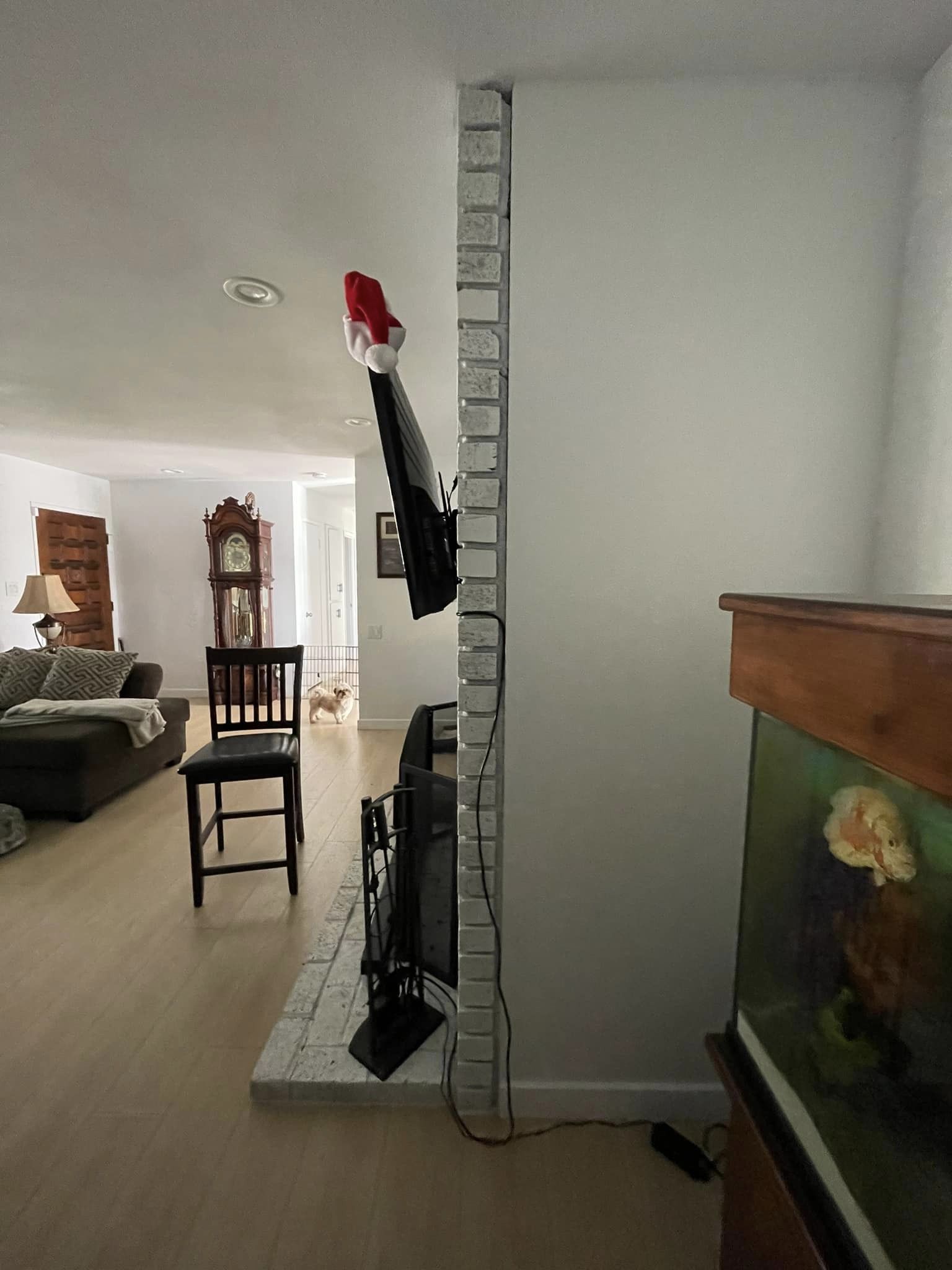
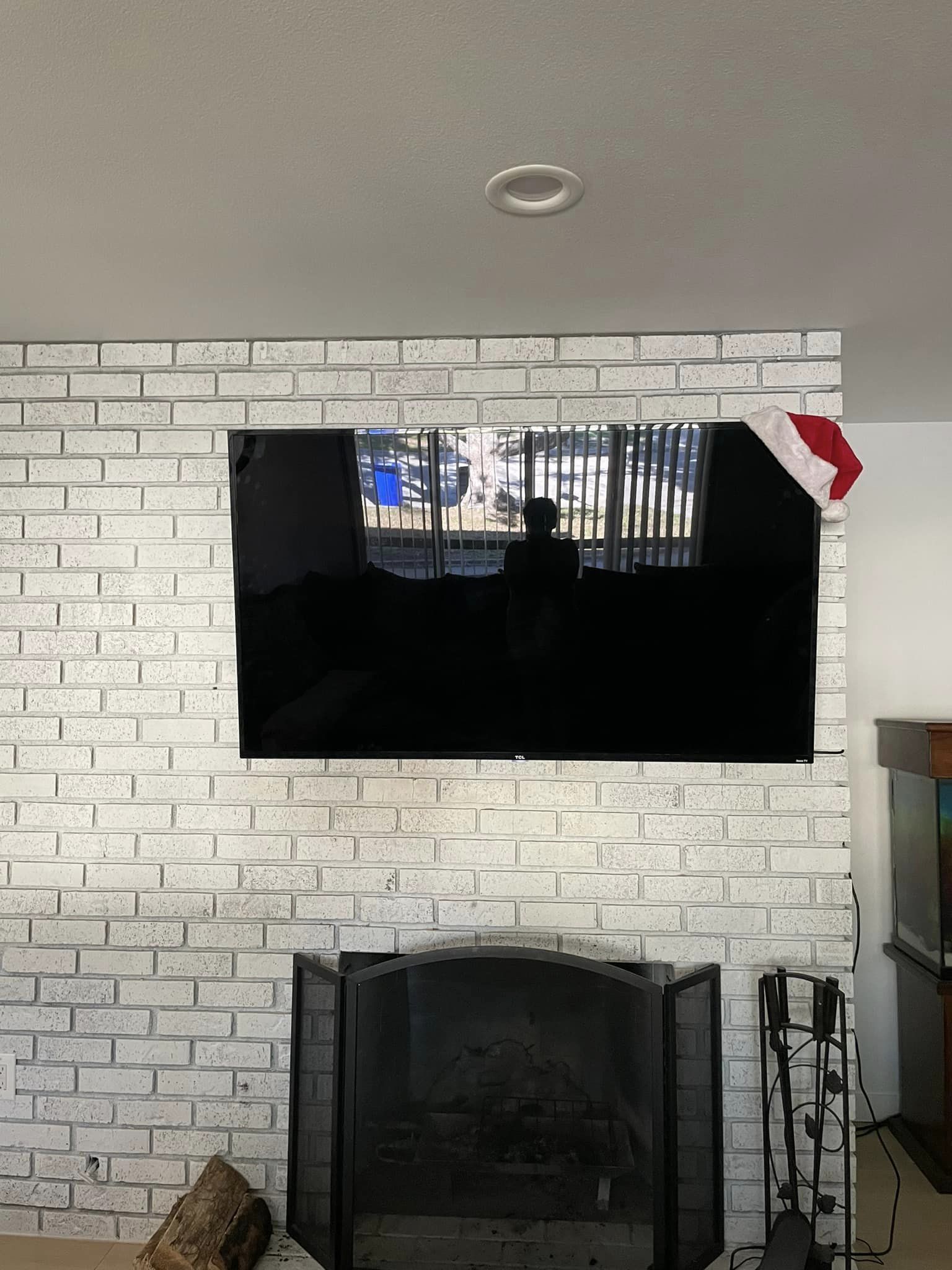
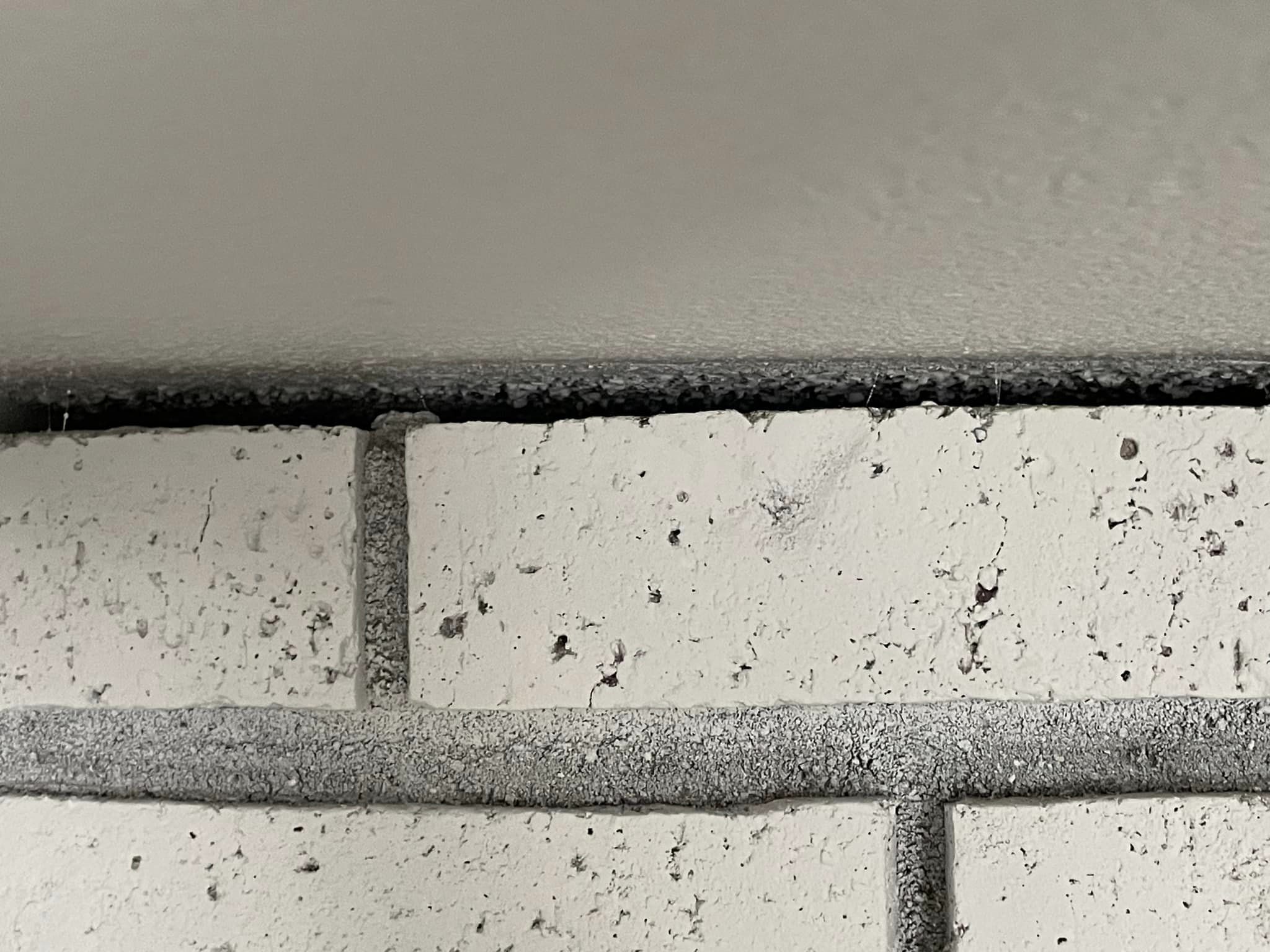
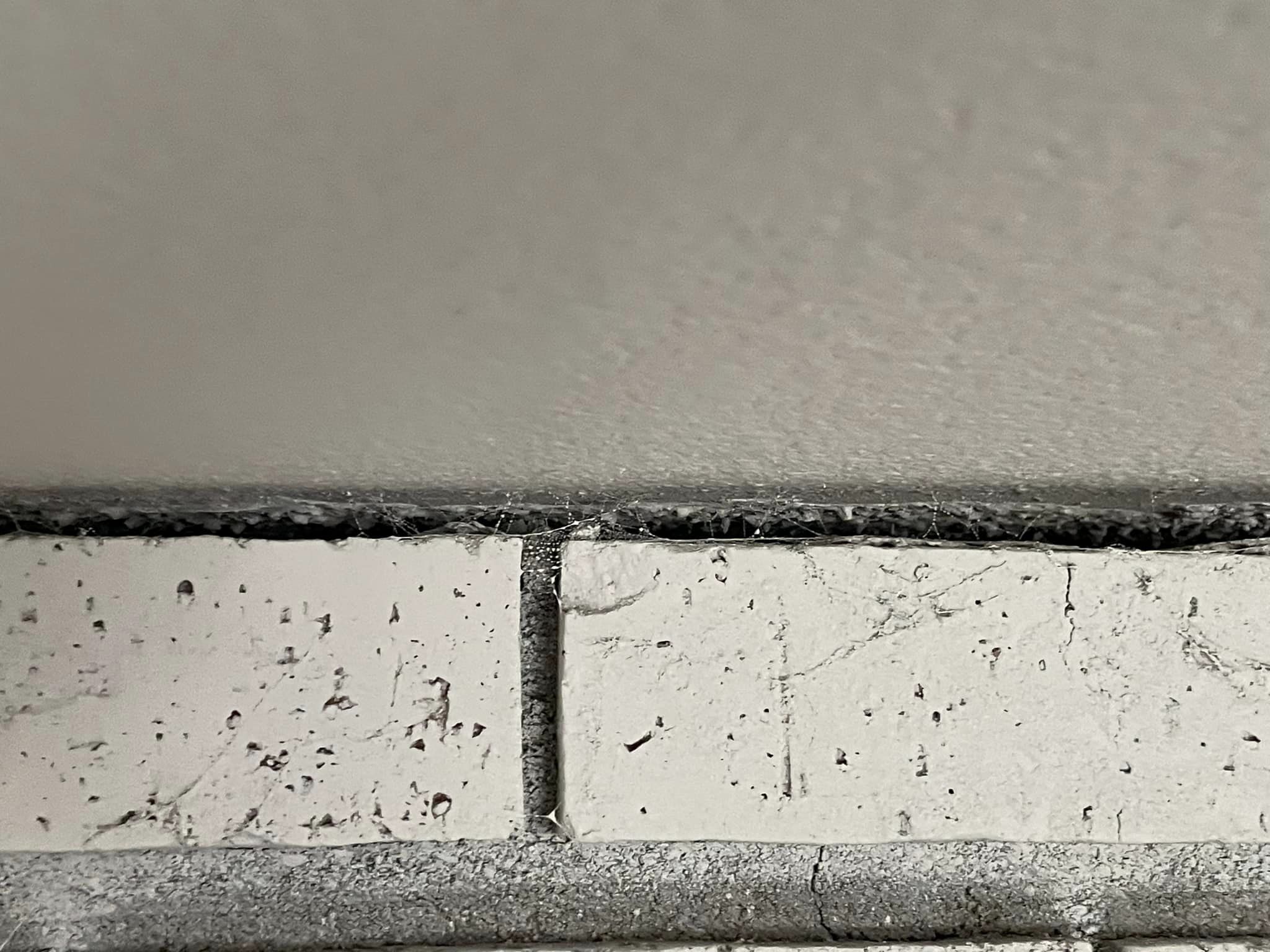
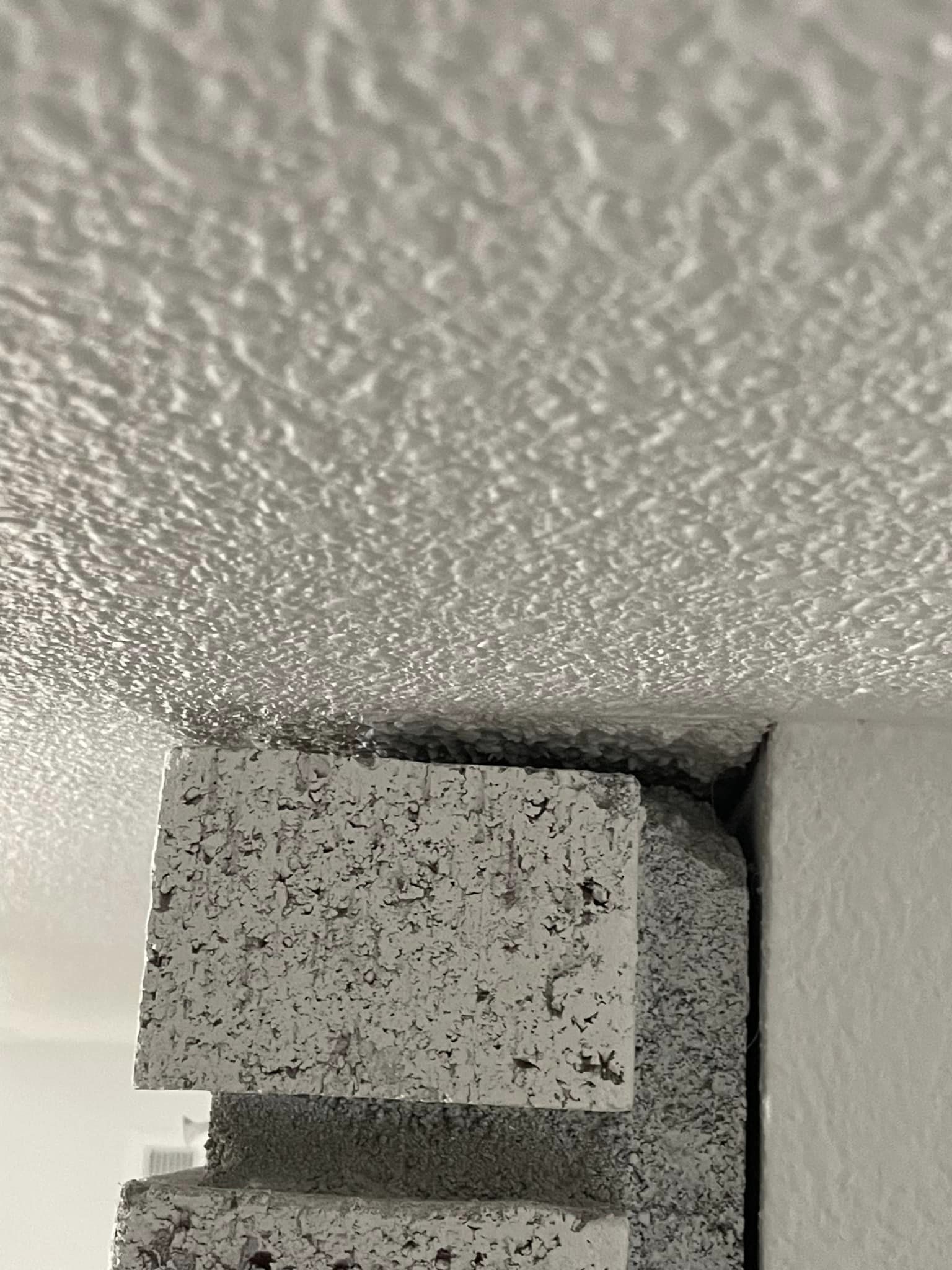
Does it budge if you give it a push? A couple of years ago, we did some renovations that involved replacing the fireplace’s internals. When we removed the wall behind it, we were surprised that the bricks didn’t collapse forward. Those bricks are likely just stacked and not really anchored to anything. Well, that was the case with ours, at least. If I were in your shoes, I’d apply as much gorilla glue as possible to any area pulling away from the wall. Not sure how you’d maintain pressure on it as the glue sets. Maybe duct tape? I don’t know.
Probably the additional weight from the TV mounted. Looks like the whole thing might come crashing down. I notice a few cracks on the side in the mortar. Seems like it’s not securely anchored to the wall. Maybe to slow down the crumbling process, you could try slapping a 2×4 on the ceiling against the bricks. It doesn’t look very stable, man. I’d recommend taking it down and putting up those faux brick panels instead.
Is it even safe? My husband thinks I’m overreacting and doesn’t see the issue, so I can’t get him to understand my concern. The previous owner of this house has always had the same bricks, with no changes or problems. The TV is mounted directly into the brick, not the grout. It took a lot of drilling for my husband to install it, but it looks unsafe to me and I’m worried.
Hey , is the TV securely anchored to a stud on the wall? If not, it might be causing the brick to shift forward due to the weight.
Hey , looks like the wall is starting to separate. I wouldn’t risk sitting on the couch near it. Can you fix it soon?
Mentioned normal expansions and contractions. It’s not going to fall over. Your husband is correct about this one
It’s a bit tricky to say, but I’m curious if they used brick ties during the brick addition. If they used clips, I wouldn’t be concerned about it collapsing and would attribute it to settling. Could you try pushing on the brick? Does it budge?
Even though it seems stable, it has experienced quite a bit of movement in the last month, as far as I can see.
Could you tell me where you are situated? Materials react differently to changes in temperature, cold, and moisture.
Hey , I’m curious if your house has a crawl space or if it’s on a slab. That wall seems to be 10×8 feet, which means it’s holding about 3200 pounds of brick and mortar.
I’m noticing that it seems to be pulling away from the wall, and I suspect the wall mount is likely a major factor in that.
If the ceiling above is the lower part of the attic and the roof is built with engineered trusses, the trusses tend to shift due to changes in temperature. The bottom chord of the truss may rise during very cold weather, causing cracks in the sheetrock at the wall/ceiling junction. This phenomenon, known as truss uplift, is a natural process that cannot be prevented. Trusses should not be fastened to the top of the walls, and sheetrock on the walls should not be nailed/screwed within 8 inches of the top. For ceilings, keep the distance at 12-16 inches from the top of the wall. This way, the sheetrock can move without cracking or causing nail pops. I noticed a brick wall tie in one of your pictures, which suggests that the correct ties were used. If that’s the case, the brick wall is secure. The gap at the top is a result of truss uplift. Caulking it will not prevent the movement and may actually worsen the appearance. Crown molding could cover it up but should only be attached to the ceiling to allow for movement. Avoid caulking the bottom of the crown molding, or the caulk will break with the movement. While it may be frustrating, I don’t think it poses any danger. Hopefully, this gives you some peace of mind.
Hey , I hope you’ll reply to me if I ever make a post. Really impressed with your work, I can understand most of it quite well.
I’ve been in the business of writing reports on issues with homes for sale for over 35 years. If I had all the necessary details and could verify my findings with what’s not shown in these pictures, I could confidently determine what’s really going on. I’m pretty confident in my assessment on this one.
Hey , just wanted to let you know I’m moving into a new home and downsizing to retire. Mind if I reach out to you?
I suppose so, but it’s doubtful that you are located near me.
Hey, if it wasn’t visible a year or two ago but now it is, it might be because they opted for caulking over drywall mud. You could even remedy it with a grout bag and some mortar.
‘t focus on it. Remember about expansion and contraction. Use a latex caulk that matches and re-cut the ceiling line
Is it safe at all? My husband thinks I’m overreacting and doesn’t see the problem, so I can’t even get him to acknowledge what I clearly see. The previous owner of this house always had the same bricks, no changes and no issues. The TV is mounted into the brick, not the grout or whatever is in between. It took a lot of drilling for my husband to get it in there. It all seems unsafe to me and it’s worrying.
No worries.
‘t pay attention to the naysayers.
It’s just the usual expansion, contraction, and settling.
Grab some Quikcrete mortar in a tube and call it a day.